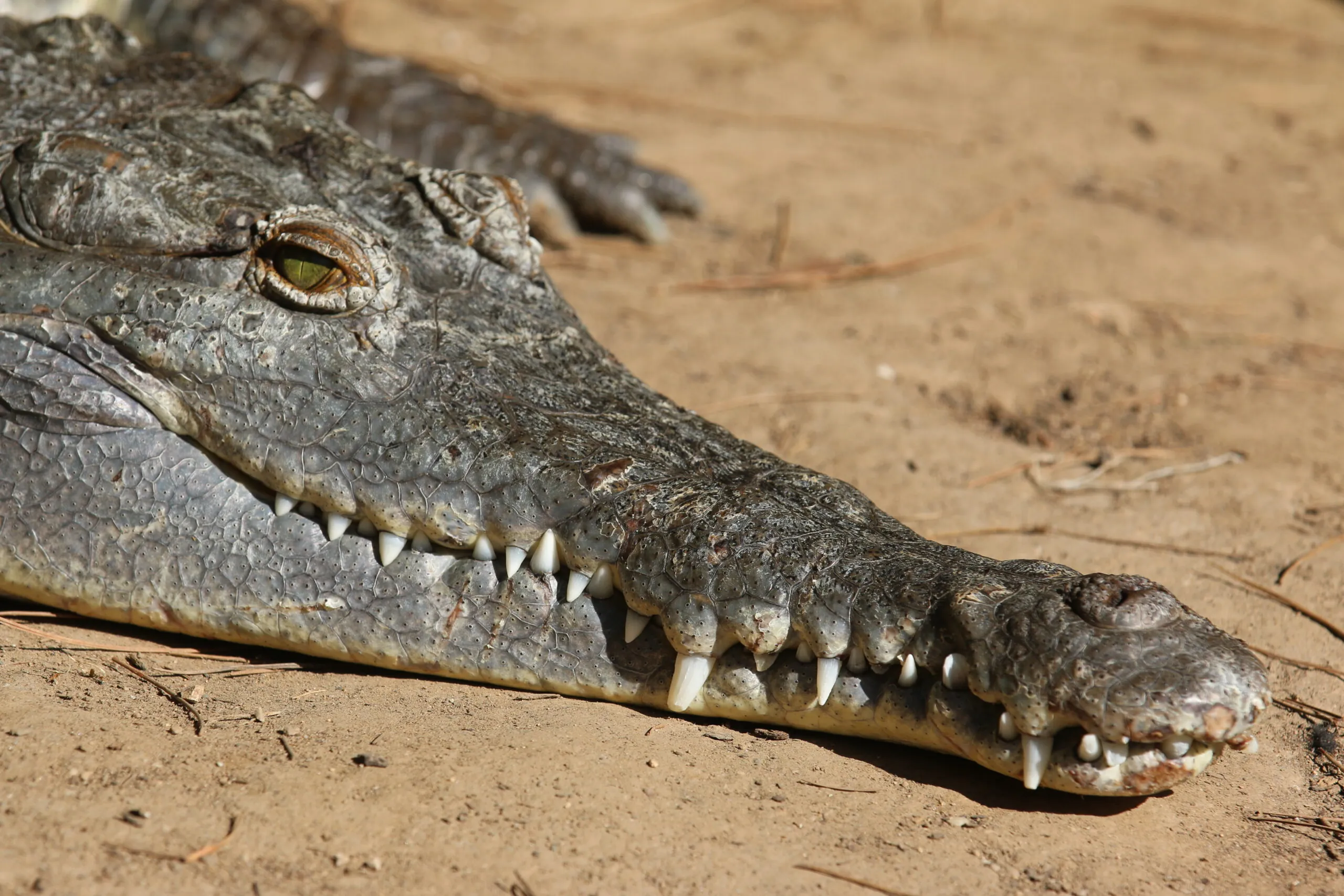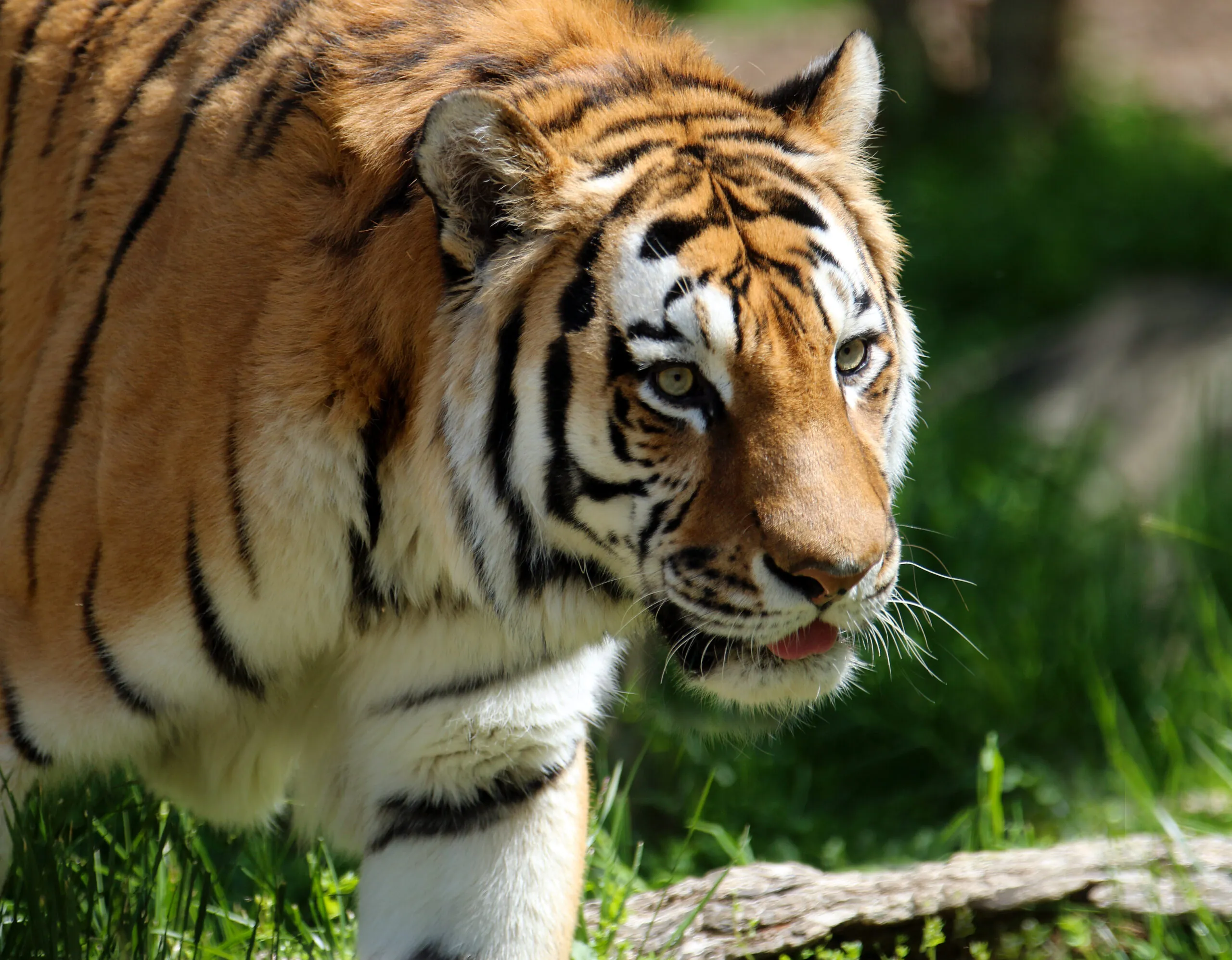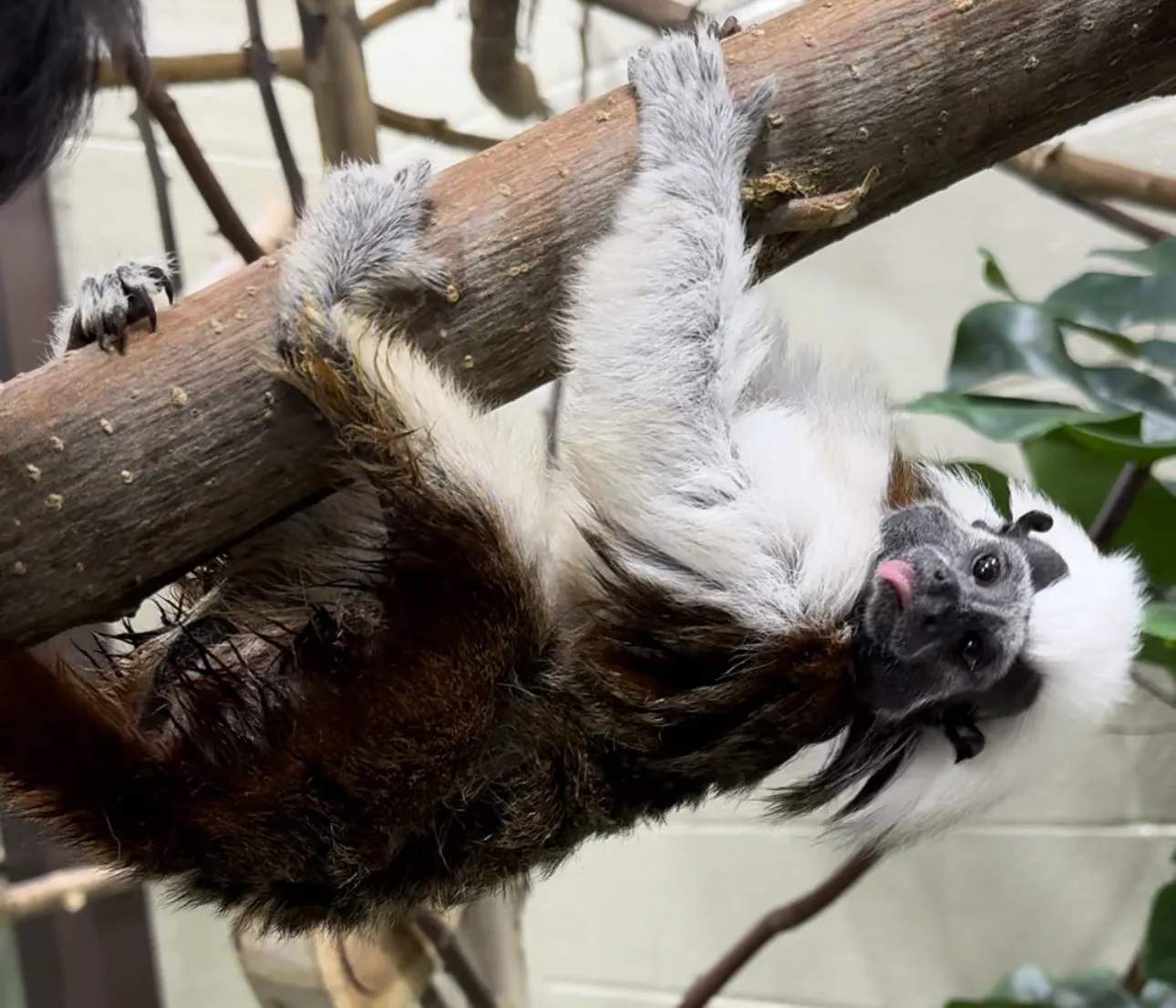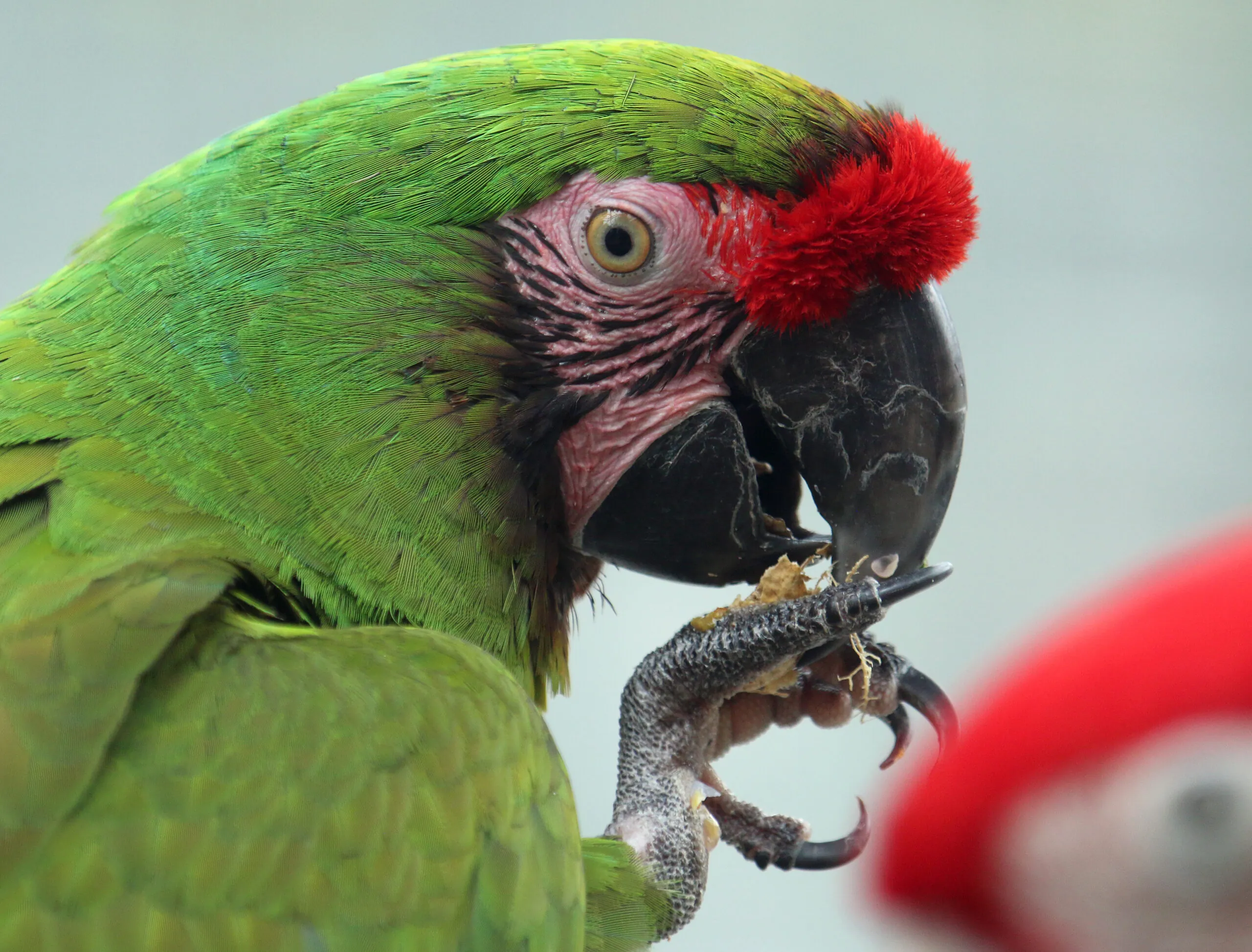-
Menu
- Plan Your Visit
- Meet The Animals
- Check Out Events
- Memberships
- About The Zoo
- Support the Zoo
- Conservation
- Education
- Groups & Private Events
- Zoo News
- Contact
- Zoo Store
- Indianapolis Prize
- Global Center for Species Survival
- Schedule
- Donate
- Membership
- Tickets

- Plan Your Visit
- Meet The Animals
- Check Out Events
- Memberships
- About The Zoo
- Support the Zoo
- Conservation
- Education
- Groups & Private Events
- Zoo News
- Contact
- Zoo Store
- Indianapolis Prize
- Global Center for Species Survival

White-Handed Gibbon
Hylobates lar
About
Just monkeying around? Not gibbons! These primates are apes, not monkeys. One easy way to tell is that they don’t have a tail. They do have strong, hook-shaped hands and long arms that help them move from branch to branch by swinging hand-over-hand, making them among nature’s best acrobats. They can reach 35 miles per hour and span gaps of 50 feet in a single swing!
Did you know gibbons can sing? Males and their female partner call together for 10 minutes or more each day to claim their territory and communicate with their family. Gibbon parents stay together with their young, which are born every 3–4 years. Young gibbons stay with their parents for up to 7 years. Gibbons live to be more than 40 years old.

Conservation
Gibbons are an endangered species, and their populations are shrinking due to hunting and habitat loss through deforestation. You can help protect gibbon habitat by choosing sustainably sourced paper and wood products. Look for the Forest Stewardship Council (FSC) logo!
WHERE ARE THEY AT THE ZOO?





